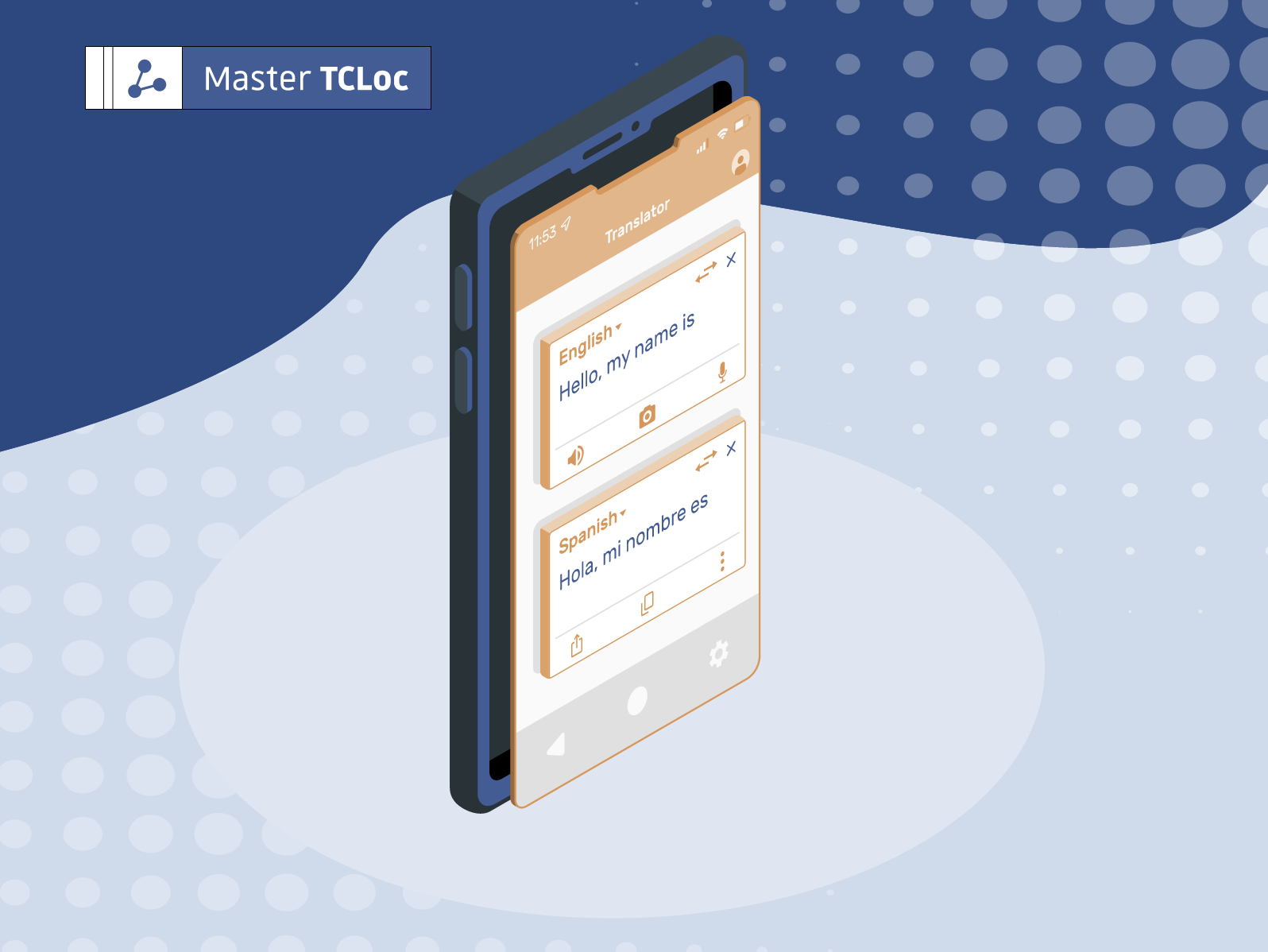Nowadays, computer-aided translation tools (CAT) have become an absolute necessity for professionals working in the translation and localization industry. How are CAT tools different from machine translation, and how do they work?
What’s the difference between machine translation and computer-aided translation?
Machine translation is generated by software and based on a dictionary, to which users can contribute. The most common tool is one we’ve all used at least once: Google Translate. Machine translation can be useful if you want to understand only the general meaning of a text.
Computer-aided translation (CAT) is, on the other hand, a powerful tool for professional translators. It allows them to reuse the translations they have already made by storing them in a specific database. CAT tools thus make translations more coherent and can help match their style to a specific company’s needs. CAT software allows translators to save money and time, while improving the quality of the translation. The most common CAT softwares are SDL Trados, OmegaT, MemoQ, and DejaVu.
How do computer-aided translation tools work?
Computer-aided translation tools are operating platforms that gather applications for managing multilingual materials. They display the source and target texts side-by-side and divide the source text into segments which correspond to sentences. This allows translators to work more comfortably, focusing on the translation and typography. The target text will automatically adapt to the source text format.
The previously-made translations are added to multilingual and interactive dictionaries and saved into integrated databases. Then, the translator checks if the translation suggested by the software matches the source segment, makes adjustments if necessary, and validates the translated segment.
Pros and cons of computer-aided translation
Computer aided translation tools guarantee the consistency of the terminology throughout the text, (especially when similar sentences or terms appear multiple times) and help avoid mistakes. Pre-translated grammatical and spelling suggestions help reduce the time needed to type the text. CAT tools are particularly relevant when it comes to technical documents, such as user manuals, contracts, and financial documents, as they usually contain a lot of repetition.
However, CAT tools are ineffective in translating literary texts because they can not process the different meanings and nuances hiding behind each word or sentence, nor provide the necessary variation of vocabulary. Moreover, translating cultural references, puns, and humor is a creative task, and machines can’t handle that yet. These types of texts require a human translator who has an extensive knowledge of the target culture.
CAT tools thus enhance translation quality and help human translators save time on each project, allowing them to meet deadlines more easily. Given the fact that their turnaround times are getting shorter and shorter, it’s important that they focus on translation quality, rather than checking format and spelling mistakes.
Will CAT tools be able to replace human translators in the future?
The short answer is, probably not. First and foremost, CAT tools were created to improve translators’ workflow. CAT tools may be very helpful, but they still require a human translator to check the translation’s accuracy.
With CAT tools increasing productivity, freelance translators now have to cope with the fall of per-project and per-word rates. While per-word rates are declining, productivity is increasing. But it doesn’t mean translators are working less. In fact, CAT tools help them go through larger volumes of text more quickly. On average, a translator using a computer-aided translation tool can translate up to 4,000 words a day, that is to say, double the amount of words they used to do without CAT tools. Nowadays, CAT tools are used by all the main language service providers and freelance translators in order to improve their translation quality and productivity.
If you want to learn more about computer-aided translation, check out our interview with Gaëtan Chrétiennot, language professional and CAT tool expert.



